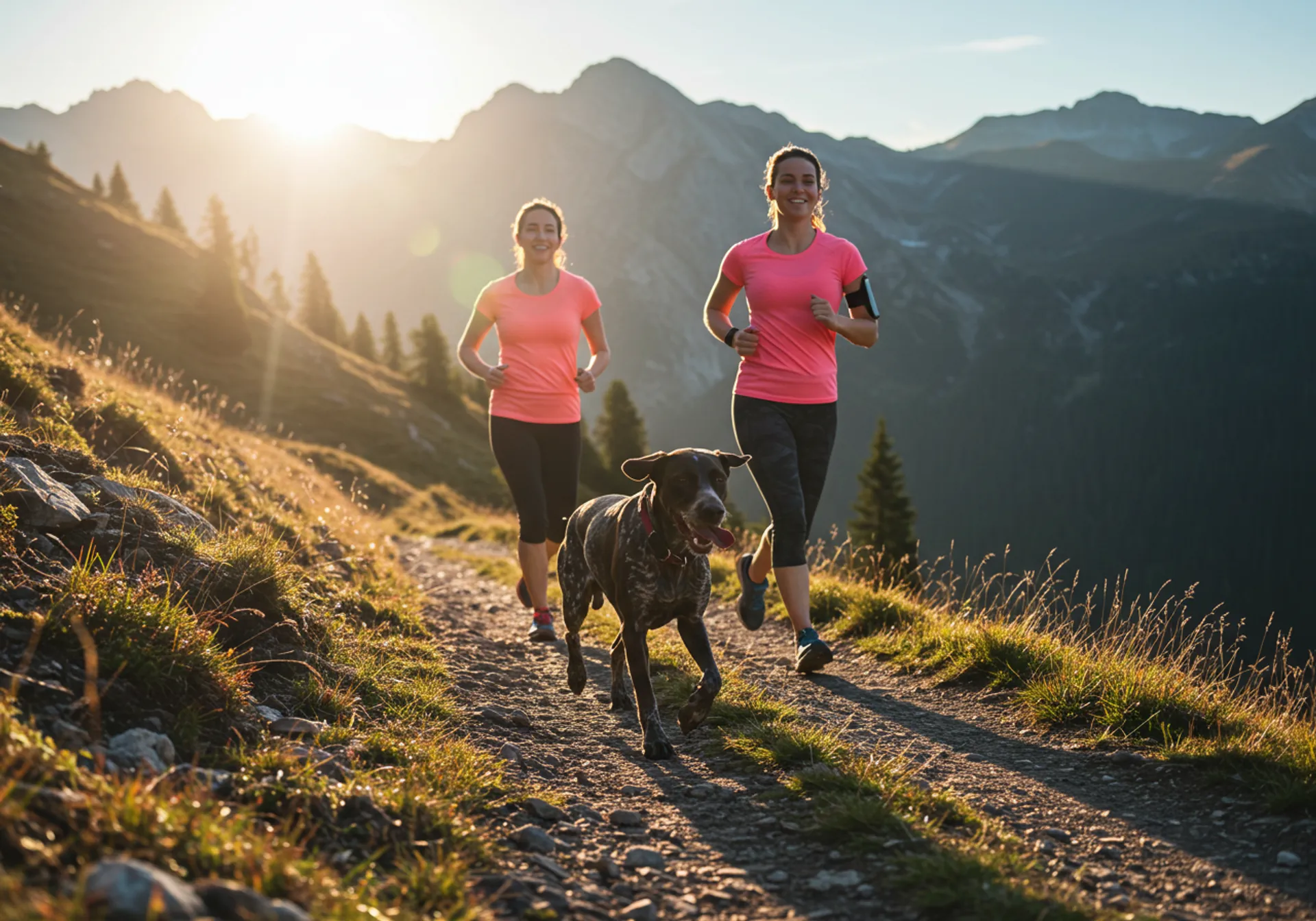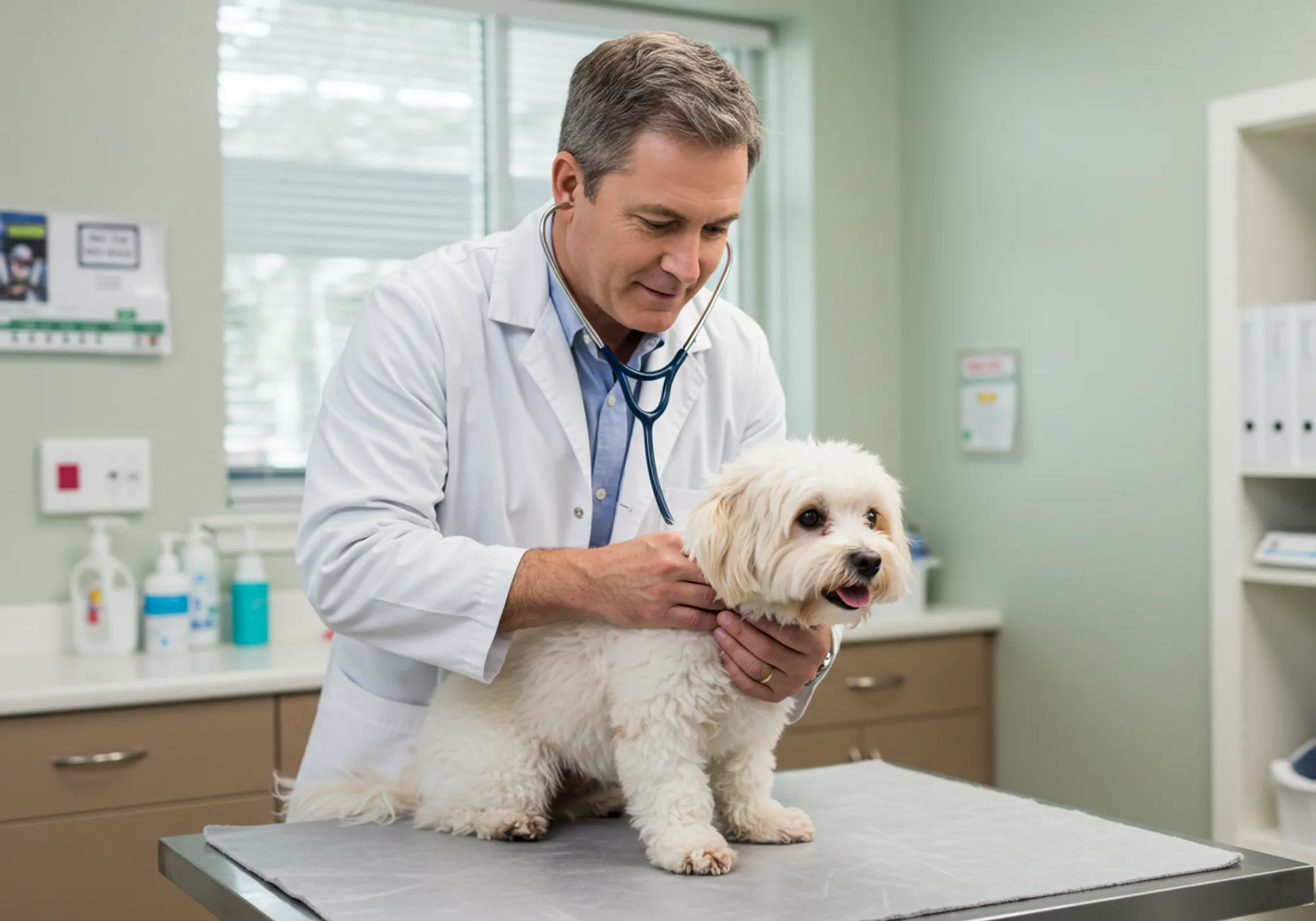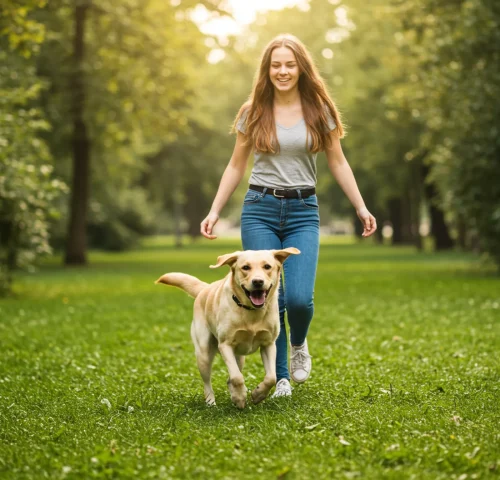Understanding Dog Health & Wellness
Wellness isn’t just about avoiding illness — it’s about creating a lifestyle that supports your dog’s body and mind. A balanced approach combines proper nutrition, regular exercise, preventive vet care, and mental stimulation.
The Importance of a Holistic Approach
Focusing on just one aspect, like exercise or diet, isn’t enough. Dogs need comprehensive care. For example, a perfectly balanced diet won’t help much if your pup never gets exercise, and daily walks aren’t enough if they’re eating low-quality food.
Nutrition: Building Blocks of Health
Good nutrition is the foundation of wellness. A diet that includes high-quality proteins, healthy fats, and essential vitamins and minerals helps your dog stay strong and energized. For detailed feeding tips, check out our Dog Nutrition category.
What to Look For in Dog Food
- Meat or fish as the first ingredient
- Minimal fillers like corn or soy
- Added vitamins and minerals
- Transparency from the brand about sourcing
Special Diets
Some dogs may need grain-free, limited ingredient, or prescription diets due to allergies or health conditions. Always consult your vet before making major changes to your dog’s diet.

Exercise: Keeping the Body Strong
Exercise supports cardiovascular health, joint mobility, and mental well-being. The right amount depends on age and breed, but most dogs need at least 30 minutes of activity daily. For more detailed routines, see our Training & Exercise category.
Types of Exercise
- Walking: The most common and accessible form of exercise
- Running: Great for high-energy breeds
- Swimming: A low-impact option for senior dogs
- Playtime: Fetch, tug-of-war, and other games build strength and agility
Grooming: More Than Just Looks
Regular grooming isn’t only about keeping your pup looking good — it’s also about health. Brushing removes dirt, spreads natural oils, and prevents matting. Nail trimming prevents pain and mobility issues. Ear cleaning reduces the risk of infections.
Essential Grooming Tasks
- Brushing: Frequency depends on coat type
- Bathing: Typically once a month or as needed
- Nail trimming: Every 3–4 weeks
- Ear cleaning: Especially important for floppy-eared breeds
Preventive Veterinary Care
Regular vet visits are a cornerstone of dog health. Preventive care catches issues early and ensures your pup is up to date on vaccines, parasite prevention, and dental health.
Checkups and Vaccinations
Puppies need frequent checkups, while adult dogs should see the vet at least once a year. Vaccinations protect against serious diseases like rabies, parvovirus, and distemper.
Dental Care
Dental disease is one of the most common issues in dogs. Brush your dog’s teeth regularly and ask your vet about professional cleanings. Chew toys and dental treats can also help maintain oral health.
Parasite Prevention
Fleas, ticks, and heartworms can cause severe health problems. Preventive medications, given year-round, keep these pests at bay.

Mental & Emotional Wellness
Dogs need more than physical care — they need mental stimulation and emotional security. A bored dog is more likely to develop anxiety or destructive habits.
Ways to Support Mental Health
- Provide puzzle toys and interactive feeders
- Incorporate training sessions into daily life
- Offer variety in walks and playtime
- Spend quality bonding time with your dog
Signs Your Dog Might Not Be Well
Pay attention to changes in behavior or appearance, as these can signal health problems. Common warning signs include:
- Sudden weight gain or loss
- Lack of appetite
- Excessive scratching or licking
- Unusual lethargy
- Persistent coughing or vomiting
If you notice any of these, contact your veterinarian promptly.
Wellness for Different Life Stages
Dogs have different needs depending on their age:
Puppies
Focus on vaccinations, socialization, and basic training. Nutrition is especially critical during growth stages.
Adults
Maintain a balance of exercise, nutrition, and regular checkups. Adults benefit from routines that keep them engaged both physically and mentally.
Seniors
Senior dogs may need special diets, joint supplements, and gentler exercise. Comfort and quality of life should be priorities during this stage.
Creating a Wellness Routine
Consistency is key. Create a daily and weekly routine that includes meals, exercise, grooming, and bonding time. Wellness isn’t about perfection — it’s about creating a lifestyle where your dog feels safe, loved, and cared for.

Final Thoughts
Prioritizing dog health and wellness helps your pup live their best life. From nutrition and exercise to grooming and preventive care, every small effort adds up. Remember, your dog depends on you to make healthy choices for them. For more tips, visit our Health & Wellness category here on The Dog Blog.




